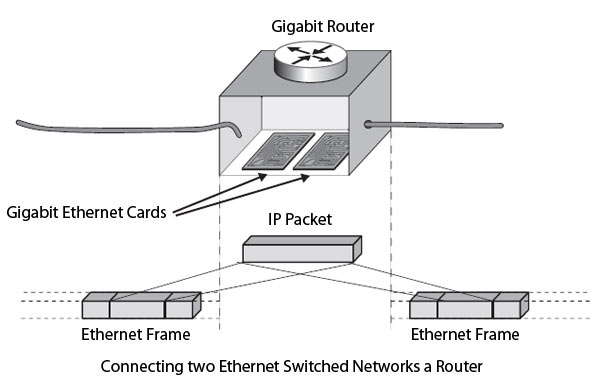- Related articles
- Optical Transceivers for Cisco N5010P-4N2248TF-B Switch
- All Cisco MA-SFP-1GB-LX10's information (List price, Specs, Datasheet PDF, Compatibility m
- All Cisco X2-10GB-LR’s Information ( Overview, Datasheet PDF, Features, Price, Specificati
- The Differences between PCI Express 1.0, 2.0 And 3.0
- Optical Transceivers for Cisco SG112-24-UK Switch
- The Things You Need to Know about 1000BASE-CX Ethernet Standards
- Optical Transceivers for Cisco SG250-26HP-K9-UK Switch
- What is PCI Express 1.0 2.0 and 3.0?
- Applicable to 40GBASE-SR Standard Optical Transceiver Models
- Optical Transceivers for Cisco SRW208G-K9-G5 Switch

Introduction:
In this article we will talk about the 1000BASE-SR Ethernet standard and what are the difference between 1000BASE-SR and 1000BASE-LX, All this just to give you more understanding about 1000BASE-SR technology.
What is the 1000BASE-SR technology?
1000BASE-SR SFP (Short Reach)is a port type for multi-mode fiber and uses 850 nm lasers. Its Physical Coding Sublayer 64b/66b PCS is defined in IEEE 802.3 Clause 49 and its Physical Medium Dependent PMD in Clause 52. It delivers serialized data at a line rate of 10.3125 Gbit/s

What are the Difference Between 1000BASE-SR and 1000BASE-LX?
1000BASE-SR 850nm lc is high performance, cost effective module supporting data-rate of 155Mbps and 2km transmission distance with SMF.
1000BASE-LX is a fiber optic Gigabit Ethernet standard specified in IEEE 802.3 Clause 38 which uses a long wavelength laser (1,270–1,355 nm), and a maximum RMS spectral width of 4 nm. 1000BASE-LX is specified to work over a distance of up to 5 km over 10 µm single-mode fiber. 1000BASE-LX can also run over all common types of multi-mode fiber with a maximum segment length of 550 m. For link distances greater than 300 m, the use of a special launch conditioning patch cord may be required. This launches the laser at a precise offset from the center of the fiber which causes it to spread across the diameter of the fiber core, reducing the effect known as differential mode delay which occurs when the laser couples onto only a small number of available modes in multi-mode fiber.





































































